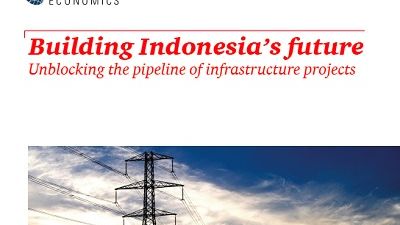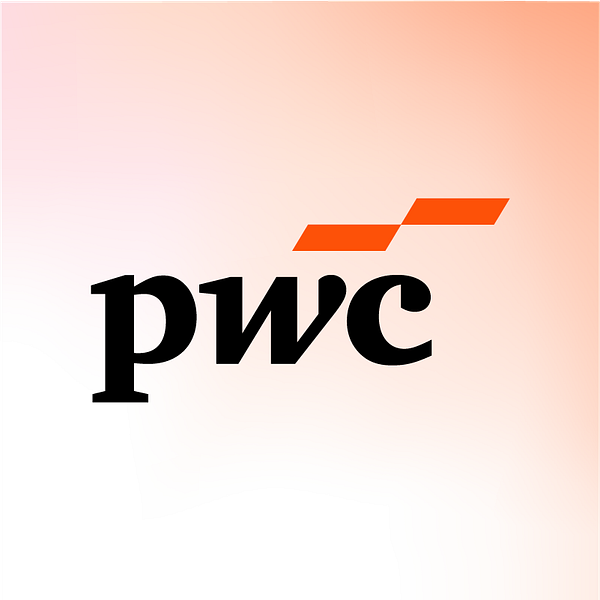
Press release -
PwC report forecasts Indonesian infrastructure investment 19% below target for 2015 - 2019
PwC report forecasts Indonesian infrastructure investment 19% below target for 2015 - 2019
| Date | 5 August 2015 |
| Contact |
Daniel Rembeth
Tel: +62215213969, Mobile: +628121116747 e-mail: daniel.rembeth@id.pwc.com
Khrisma Fitriasari
|
- PwC Indonesia has launched its analysis of infrastructure investment plans in Indonesia over the period to 2025. The Government has set very ambitious targets for investment by the public and private sectors and the forecasts indicate that actual expenditure will fall short of Government targets over the next five years. This is primarily due to numerous challenges faced by government and investors in accelerating infrastructure projects. It will take time to build up the management capability in the public sector to resolve this.
- Achieving around 80% of the target in the next five years would be a huge achievement and would drive economic growth, but even this still assumes a reasonable degree of political and administrative support for the Government’s programme.
Jakarta, 5 August 2015 –Growth of the Indonesian economy has slowed to a five-year low as mining output stalled due to weak global demand for commodities. Business investment also slowed in the face of heightened economic and political uncertainty, including the protracted and turbulent presidential election.
At the time of the election of the new government and the months that followed, there was a definite sense of optimism that the economy was on an upward trajectory. This was thwarted slightly by weakening external demand and slower-than-expected progress in implementing the infrastructure agenda.
However, the long-term infrastructure outlook is looking rosier than it has for years. The period of 2015 to 2019 – and potentially beyond – could still be a game-changing era for Indonesia’s infrastructure. The sharp decline in global oil prices assisted the new president Joko Widodo to slash fuel subsidies in January – a move that was expected to save more than 10% of total government expenditure overnight. Around half of this windfall was earmarked towards addressing the country’s considerable infrastructure deficit.
Today, PwC Indonesia, with research support from Oxford Economics, launched outlook forecasts for capital project and infrastructure spending until 2025. The outlook looks at infrastructure spending in Indonesia and compares projected spending to the Government’s targets.
Much of this outlook focuses on the period of 2015 to 2019 as this coincides with the government’s planning timeframe. It is more difficult to make accurate predictions for the period of 2020 to 2025 as this will be strongly influenced by the next government’s five-year plan.
PwC Indonesia forecasts an acceleration in infrastructure spending compared to the previous five years; the 2014-2019 compound annual growth rate (CAGR) of infrastructure investment is expected to be 9.5%. Infrastructure spending is expected to rise from US$ 57 billion in 2014 to US$ 90 billion in 2019 and US$139 billion in 2025.
PwC Indonesia has also compared some core infrastructure sectors on a like-for-like basis with Bappenas’ RPJMN 5-year targets to 2019; our forecasts are 19% lower than the government’s targets, but even achieving around 80% of the target would be a huge achievement and drive economic growth.
The government has been taking some positive steps to boost spending including the revised PPP Directive, the Land Acquisition Law and BKPM’s One Stop Service.
Explains Julian Smith, PwC Indonesia Technical Adviser, “investment could be accelerated by focusing on improvements to the investment climate, stronger strategic leadership (below the level of the President) and making sure a few pilot projects succeed and can be copied. There is also a need for better coordination between the national and sub-national government, improved government capacity to prepare projects properly for the market, and ensuring the land acquisition law is successful.”
Key Messages by sector
- Mineral extraction: Investment is down as commodity prices have fallen globally, combined with the impact of the ban on export of unprocessed mineral ore. New mineral smelters will probably be built despite poor-commercial returns in some cases although funding is tight. A government strategy to financially incentivise on-shore value-add would be welcomed by industry.
- Oil and Gas: Investment is down due to oil prices. Exploration activity remains low but a better administrative and commercial regime could encourage new exploration. SOEs will lead new gas distribution and oil refining infrastructure, perhaps with international partners.
- Power: The 35GW target is in principle achievable, especially if PLN and IPP tenders can be accelerated and key PPP projects unblocked. But, there are worrying early signs that the procurement process is not keeping pace with the project pipeline, with a number of tenders recently delayed.
- Water: Investor confidence has been dented by the Constitutional Court ruling and unless reversed or mitigated the outlook for private investment is grim. This could hold back Indonesia achieving its clean water targets for the population.
- Roads: Investment is strong and should accelerate due to the Land Acquisition law reviving stalled Toll Road concessions. There is a well-developed programme with some projects displaying robust economic cases.
- Rail:The forecasts are below targets as Kereta Api - Indonesia Railway Company - has a poor historical record on capital expenditure. But, Kereta Api has been turned around in recent years and combined with private sector participation in PPPs, growth could be strong. There is potential Rapid Transit planned for many cities, although it is unclear whether the private sector will actually be invited to participate in the Soekarno-Hatta Airport and Jakarta-Bandung High Speed Rail projects.
- Ports: Investment is below target although a sharp increase from before. The forecast is up in recognition of the strong political pressure on the Pelindo companies to achieve improvements in logistics performance. Based on recent announcements on the plan to build ports in Makassar and Sorong, it seems the Pelindos are already making progress here.
- Airports: Investment is below target. Although demand for capacity is strong from the rapidly expanding airlines, Angkasa Pura 1&2’s pace of investment could be quickened; especially if funding/operational deals were struck with the private sector.
Topics
Categories
About PwC
PwC helps organisations and individuals create the value they’re looking for. We’re a network of firms in 157 countries with more than 195,000 people who are committed to delivering quality in assurance, tax and advisory services. Tell us what matters to you and find out more by visiting us at www.pwc.com.
PwC refers to the PwC network and/or one or more of its member firms, each of which is a separate legal entity. Please see www.pwc.com/structure for further details.
© 2015 PricewaterhouseCoopers. All rights reserved.


